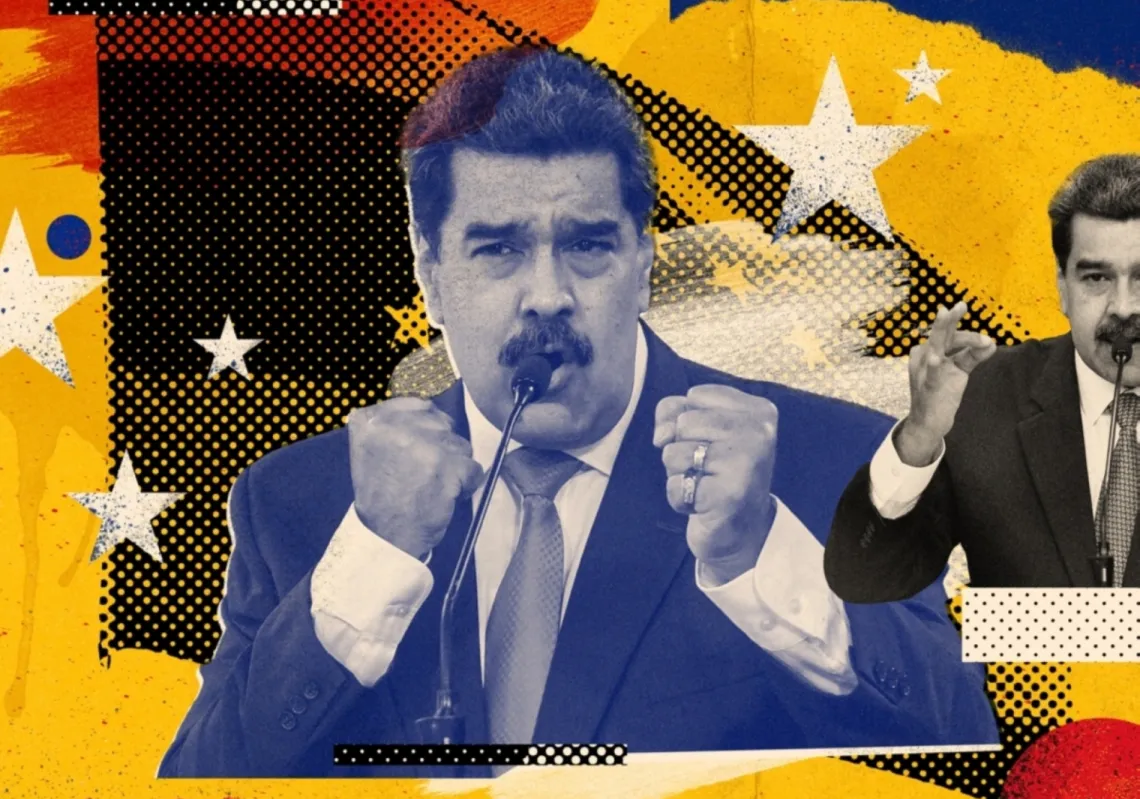Israel continues its campaign in Gaza – violating international humanitarian law and the rules of war – and its ground forces are massing for an even more substantial phase of the conflict.
All the while, the international community remains unable to persuade Israel to agree to a ceasefire. It leaves a strong sense of uncertainty over key questions the region and world face: What will be the outcome of this war, and what do we know about what has already changed?
At the Cairo peace summit of 21 October, there was a list of major world figures who were notable by the absence: President Joe Biden of the United States, German Chancellor Olaf Scholz, British Prime Minister Rishi Sunak, and French President Emmanuel Macron.
And the summit did not issue a final statement, due to disagreements between the Arab and European officials over Israel's right to self-defence and the explicit condemnation of Hamas.
Egypt, according to its presidential statement, “looked to the participants to launch a global call for peace.” It continued to seek international agreement:
“On the importance of re-assessing the international strategy for addressing the Palestinian issue over the past decades to emerge from the current crisis with a new political spirit that will pave the way for unlocking a real and serious peace process."
“This shall lead, in a short period, to establishing an independent Palestinian state, along the June 1967 borders, with East Jerusalem as its capital.”

But the discrepancy in Western perspectives from Egypt's stance promptly translated into a US resolution proposed at the United Nations Security Council just hours after the summit's conclusion.




















